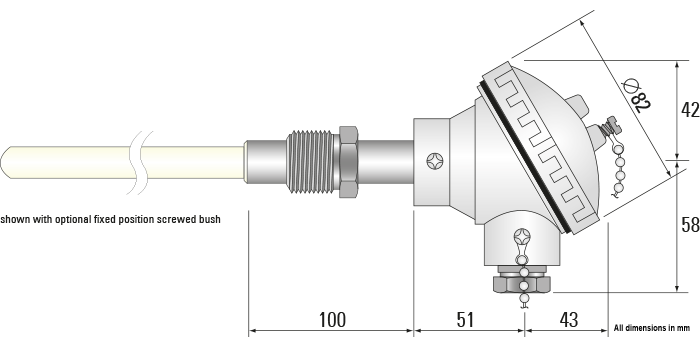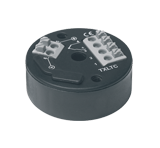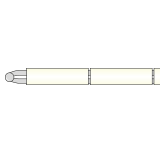High Temperature Thermocouple with Standard IP67 die cast alloy head (Type 14)
High Temperature Ceramic Sheathed Thermocouples
 Request a Quote
Buy Online from TC Direct
Request a Quote
Buy Online from TC Direct
TC - Trusted by UK manufacturers, OEMs, and research labs for over 50 years.
- These ceramic sheathed thermocouple sensors are used for temperature measurement up to 1600°C plus in kilns, furnaces and flues etc
- These assemblies are available as standard with primary and optional secondary ceramic protective sheaths in a range of diameters of; impervious aluminous porcelain, impervious recrystallised alumina, impervious mullite and silicon carbide
- Alternatively, we have a large range of sensors available to buy online in various diameters and lengths
- UKAS calibration is available for our range of Ceramic Sheathed Thermocouple assemblies
- Assemblies in all the common high temperature thermocouple conductor combinations are available in both simplex or duplex styles
- Available attachment fittings include adjustable flanges or welded bushes
Frequently Asked Questions
- What is a thermocouple and how does it work?
A thermocouple is a type of temperature sensor that generates a voltage when two different metals are joined at one end and exposed to a temperature difference between the "hot" junction (where the temperature is measured) and the "cold" junction (the reference point). This voltage is then measured to determine the temperature at the hot junction. - How do I choose the right thermocouple for my application?
The ideal thermocouple depends on factors such as temperature range, accuracy, termination type, mounting requirements and environmental conditions. We offer a variety of thermocouples with different sheath materials, constructions, terminations, and temperature ratings to meet your needs. If you need specific advice, our engineers are happy to assist! - What is the maximum temperature rating of your thermocouples?
Our thermocouples are designed to handle a wide range of temperatures with some mineral insulated thermocouples able to withstand temperatures up to 1400ºC and ceramic sheathed thermocouples going even higher to 1600ºC. Each product listing includes the maximum temperature rating, so you can choose the best thermocouple for your application.

 France
France Germany
Germany Spain
Spain Netherlands
Netherlands Italy
Italy Hungary
Hungary United States
United States Australia
Australia

